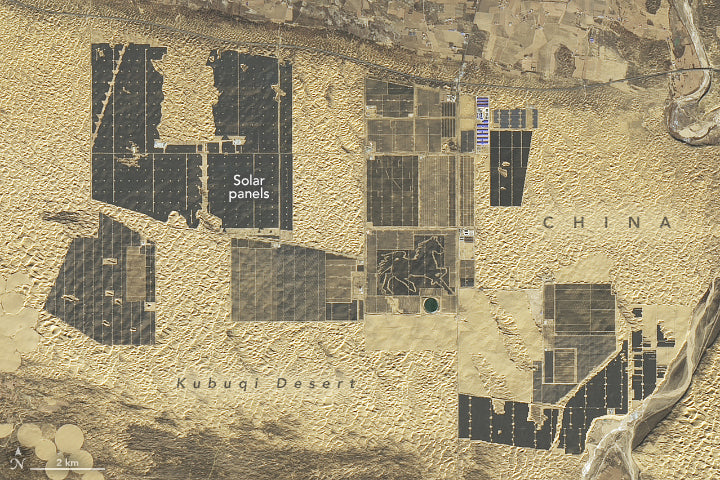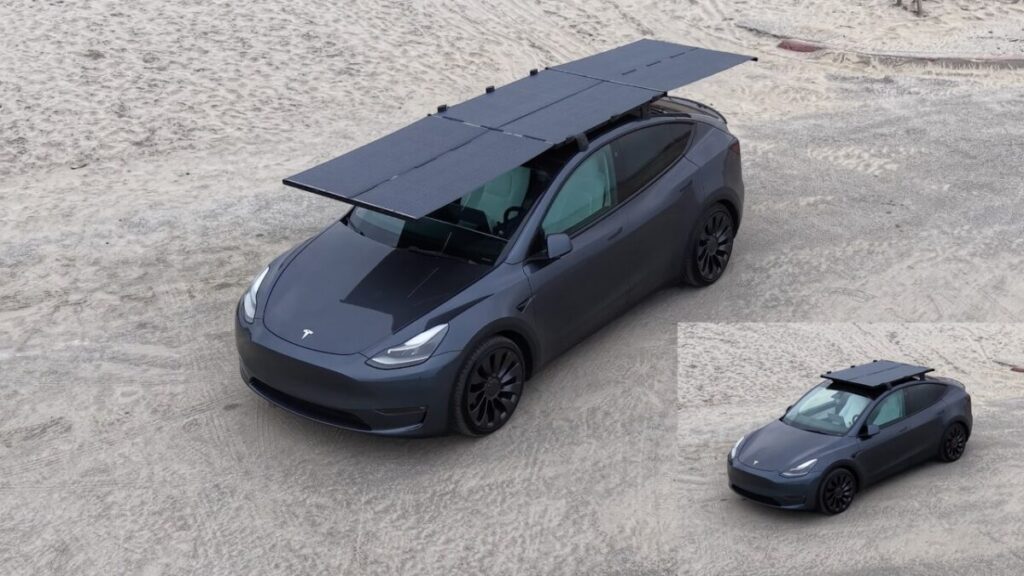https://www.pv-magazine-india.com/2024/12/24/pumping-underground-water-in-the-desert-with-pv-wind/
Pumping underground water in the desert with PV, wind

A 23 MW/12.6 MWh solar-plus-storage power plant in Al-Mafraq, Jordan
Image: Philadelphia Solar
From pv magazine Global
Researchers at Isra University in Jordan have studied the feasibility of a water pumping system powered by solar and wind energy. In the Jordanian desert, limited surface water forces communities to rely on underground sources for agricultural irrigation, livestock watering, and residential use. Most standalone water pumping systems (WPS) in the region currently run on combustion engines.
“Determining the feasibility of various hybrid renewable energy system (HRES) scenarios for powering WPS is an important step that can yield significant technical and financial benefits,” said the team. “In addition, no special research has been done to evaluate the feasibility of integrating fully hybrid renewable energy systems in Jordan’s WPS in desert-isolated, and arid areas.”
The case study focused on the consumption of the Al-Mudawwara WPS. Al-Mudawwara is a small village in eastern Jordan, near the Saudi Arabian border. The temperature ranges from 4 C to 36.7 C year-round, with average monthly solar radiation ranging from 3.79 kWh/m2/day in December to 8.54 kWh/m2/day in June. The average monthly wind speed varies from 6.29 m/s in October to 9.15 m/s in June.
The WPS currently runs on diesel, with daily demands of 40.71 kWh and a peak of 8.48 kW. To evaluate it, a HERS was simulated in the HOMER software under different scenarios. The first scenario included a diesel generator (DG) with a storage battery (SB), the second featured PV and SB, the third combined PV, DG, and SB, and the fourth included a wind turbine (WT), DG, and SB. The final scenario used PV, WT, and SB.
In all scenarios, the PV was monocrystalline, 315 W, and 19% efficient. The wind turbine’s nominal power was 10,000 W, and the batteries had a capacity of 3,000Ah. The inverter system had a rated power of 5 kW, with a 12.5 kW alternator. The system was optimized to determine the lowest cost per kilowatt-hour of energy produced.
The optimal system included 33 solar panels, totaling 10.18 kW, one 10 kW WT, eight batteries, and three inverters.
“This system’s cost of energy (CoE) is $0.241/kWh, its payback period is 6.67 years, and its net-present cost (NPC) is $59.611. The implementation of the selected scenario led to the elimination of all greenhouse gas emissions (GHG), including carbon dioxide. The nominal discount rate of 6.5% is appropriate for reducing the NPC and CoE, according to the sensitivity analysis. The obtained CoE is within the typical range for the MENA region. Moreover, the unit CoE produced by HRESs of $US0.241/kWh falls within the average range.”
They presented their results in “A feasibility study of combining solar/wind energy to power a water pumping system in Jordan’s Desert/Al-Mudawwara village,” which was recently published in Environmental and Sustainability Indicators.
This content is protected by copyright and may not be reused. If you want to cooperate with us and would like to reuse some of our content, please contact: editors@pv-magazine.com.




